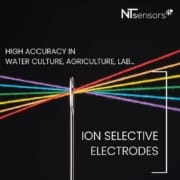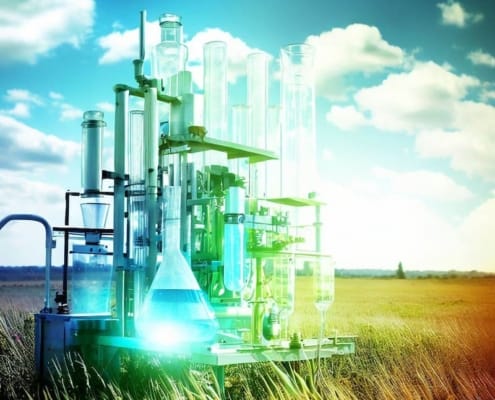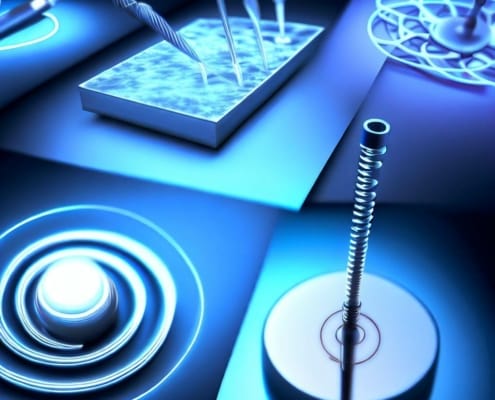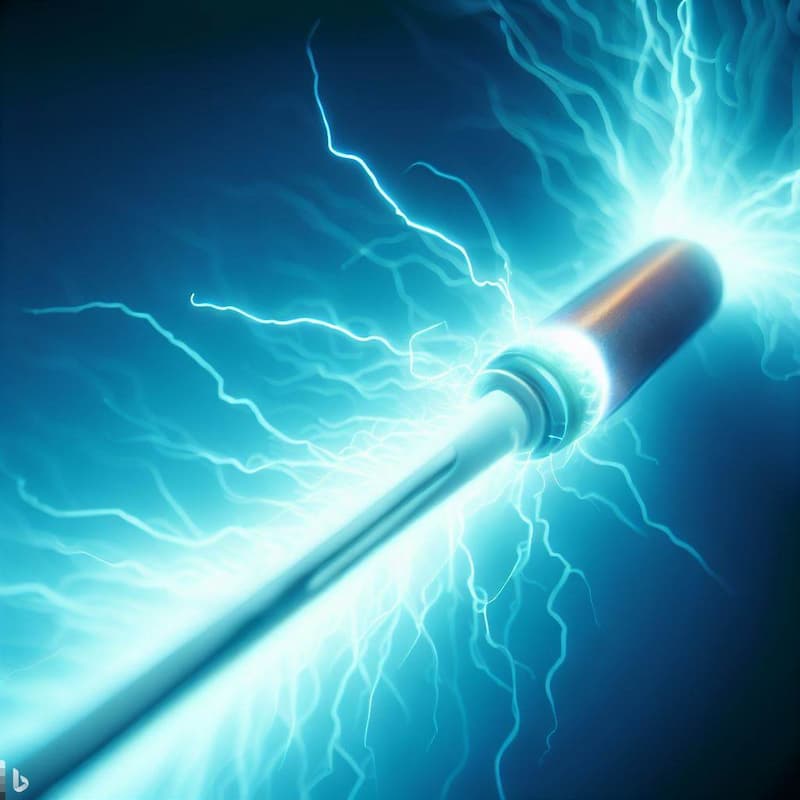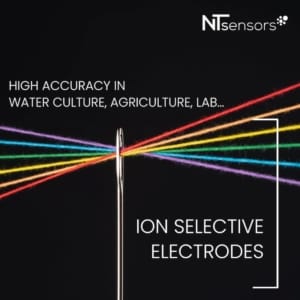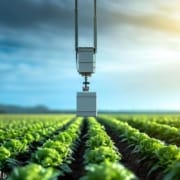Unlocking the Science Behind Ion Selective Electrodes
How They Work and Their Importance in Modern Analytical Chemistry
Ion selective electrodes are an essential tool in modern analytical chemistry, offering highly accurate and precise measurements of specific ions in a solution. While they have their limitations, ISEs offer several advantages over traditional analytical techniques, including their speed and ease of use, their versatility, and their ability to selectively measure the concentration of specific ions. With ongoing research and development, ISEs are poised to become even more powerful and versatile tools in the years to come.
- What are the Different Types of ISEs and How Do They Work?
- The Importance of ISEs in Modern Analytical Chemistry
- Advantages and Limitations of ISEs
- How to Use ISEs
- Maintenance and Calibration of ISEs
- Comparison of ISEs with Other Analytical Techniques
If you’re involved in the field of analytical chemistry, you’ve probably heard of ion selective electrodes (ISEs). These specialized sensors are used to measure the concentration of ions in a solution, making them an essential tool for everything from medical diagnostics to environmental monitoring. But how do they actually work? And why are they such a crucial part of modern analytical chemistry? In this article, we’ll take a deep dive into the science behind ISEs, exploring their unique properties and the underlying principles that make them so effective. Whether you’re a seasoned chemist or just starting out in the field, understanding the technology behind ISEs is sure to enhance your appreciation for the incredible power of modern analytical techniques. So, let’s get started and unlock the secrets of ion selective electrodes!
What are the Different Types of ISEs and How Do They Work?
Ion selective electrodes (ISEs) are sensors that measure the concentration of specific ions in a solution. They work by using a membrane that selectively allows only certain ions to pass through, while blocking others. When one side of the membrane is exposed to a solution containing the ion of interest, a potential difference is generated across the membrane due to the selective transport of ions. This potential difference, also known as the electrode potential, is measured and used to determine the concentration of the ion in the solution.
There are several different types of ISEs, each with its own unique membrane material and sensing mechanism. Some common types of ISEs include:
### Glass Membrane Electrodes
Glass membrane electrodes are one of the most widely used types of ISEs. They consist of a thin glass membrane that is selectively permeable to hydrogen ions (H+). When the electrode is immersed in a solution containing H+ ions, a potential difference is generated across the membrane, which is measured and used to determine the pH of the solution.
### Solid-State Electrodes
Solid-state electrodes are ISEs that use a solid-state membrane to selectively transport ions. These electrodes are typically more durable than glass membrane electrodes and can be used in a wide range of applications. One common type of solid-state electrode is the ion-sensitive field-effect transistor (ISFET), which uses a silicon-based membrane to detect hydrogen ions.
### Polymer Membrane Electrodes
Polymer membrane electrodes are ISEs that use a polymer membrane to selectively transport ions. These electrodes are typically less expensive than glass or solid-state electrodes and can be used in a wide range of applications. One common type of polymer membrane electrode is the polyvinyl chloride (PVC) membrane electrode, which is used to measure the concentration of ions such as potassium, sodium, and calcium.
The Importance of ISEs in Modern Analytical Chemistry
ISEs are an essential tool in modern analytical chemistry, with applications ranging from medical diagnostics to environmental monitoring. One of the primary advantages of ISEs is their ability to selectively measure the concentration of specific ions in a solution. This allows for highly accurate and precise measurements, even in complex matrices such as blood or soil.
Another advantage of ISEs is their speed and ease of use. Unlike traditional analytical methods such as titrations or spectrometry, ISEs can provide real-time measurements with minimal sample preparation. This makes them ideal for use in the field or in situations where rapid analysis is required.
ISEs are also highly versatile and can be used in a wide range of applications. Some common applications of ISEs include:
### Medical Diagnostics
ISEs are commonly used in medical diagnostics to measure the concentration of ions in blood or other bodily fluids. This information can be used to diagnose and monitor conditions such as diabetes, kidney disease, and electrolyte imbalances.
### Environmental Monitoring
ISEs are used in environmental monitoring to measure the concentration of ions in soil, water, and air. This information can be used to assess the impact of pollutants and other contaminants on the environment.
### Food and Beverage Analysis
ISEs are commonly used in the food and beverage industry to measure the concentration of ions such as sodium, potassium, and calcium. This information can be used to ensure product quality and consistency.
Advantages and Limitations of ISEs
ISEs offer several advantages over traditional analytical methods, including their ability to selectively measure the concentration of specific ions, their speed and ease of use, and their versatility. However, like any analytical method, ISEs have their limitations.
One of the primary limitations of ISEs is their sensitivity to interference from other ions. Since ISEs rely on a membrane that selectively allows only certain ions to pass through, any interference from other ions can result in inaccurate measurements. This requires careful sample preparation and calibration to ensure accurate results.
Another limitation of ISEs is their limited linear range. While ISEs are highly accurate and precise within their linear range, they may not be suitable for measuring concentrations outside of this range.
How to Use ISEs
Using ISEs requires careful calibration and sample preparation to ensure accurate and precise measurements. Here are some general guidelines for using ISEs:
### Calibration
Before using an ISE, it must be calibrated using standard solutions of the ion of interest. This calibration ensures that the electrode is measuring the ion of interest accurately and precisely.
### Sample Preparation
Samples must be prepared carefully to ensure accurate and precise measurements. This may involve filtration, dilution, or other techniques to remove interfering substances and ensure that the ion of interest is present in the sample.
### Measurement
When measuring a sample, the electrode should be immersed in the solution and allowed to equilibrate for a few minutes. The potential difference across the membrane should then be measured and used to determine the concentration of the ion of interest.
Maintenance and Calibration of ISEs
To ensure accurate and precise measurements, ISEs must be properly maintained and calibrated. Here are some general guidelines for maintaining and calibrating ISEs:
### Storage
ISEs should be stored in a clean, dry environment to prevent damage to the membrane. Some electrodes may require special storage solutions or conditions, so be sure to check the manufacturer’s instructions.
### Cleaning
ISEs should be cleaned regularly to remove any build-up of contaminants on the membrane. This can be done using a mild detergent solution or other cleaning solutions recommended by the manufacturer.
### Calibration
ISEs should be calibrated regularly using standard solutions of the ion of interest. Calibration intervals will depend on the specific electrode and application, so be sure to check the manufacturer’s instructions.
Comparison of ISEs with Other Analytical Techniques
ISEs offer several advantages over traditional analytical techniques such as titrations and spectrometry, including their speed and ease of use, their ability to selectively measure the concentration of specific ions, and their versatility. However, other analytical techniques may be more suitable for certain applications.
For example, spectrometry offers higher sensitivity and a wider linear range than ISEs, making it a better choice for measuring low concentrations of ions or concentrations outside of the linear range of ISEs. Titrations may also be more suitable for certain applications, such as measuring the concentration of acids or bases.
Future Developments in ISE Technology
As with any technology, ISEs are constantly evolving and improving. Some areas of active research in ISE technology include:
### Membrane Materials
New membrane materials are being developed that offer improved selectivity and durability, as well as reduced interference from other ions.
### Miniaturization
Efforts are underway to miniaturize ISE technology, making it more portable and easier to use in the field.
### Wireless Technology
ISEs may be integrated with wireless technology to allow for real-time monitoring and data analysis.
- Which Types of Ion Selective Electrode to Use?
- Ammonia Ion Selective Electrodes: A Comprehensive Guide

